Dawon (Traditional Tea Garden) (전통다원)
7.3Km 2020-02-20
11-4, Insadong 10-gil, Jongno-gu, Seoul
+82-2-730-6305
Dawon is a tea house that operates in a hanok (traditional Korean house). Located in the busy tourist area of Insa-dong, this place offers the visitors a moment to relax and find peace in the city. When seated, greenery and flowers in the private garden make for a nice view while sipping tea and snacking on Korean desserts like assorted ttoek (rice cakes). There are many teas available, with more than 15 varieties, all of which originate from Korea. Dawon's peaceful atmosphere and authentic experience make it a must visit for anyone in the Insa-dong area.
Korea Samgyetang (고려삼계탕)
7.3Km 2017-09-26
1, Seosomun-ro 11-gil, Jung-gu, Seoul
+82-2-752-9376, 2734
Korea Samgyetang serves up delicious samgyetang (ginseng chicken soup) made using only 4-year-old ginseng cultivated in Geumsan (a town famous for its ginseng) and chickens raised on local farms. Young chickens (no more than 49 days old) are butchered and delivered fresh daily, making for only the tenderest meat. The chicken is boiled with high-quality ginseng, dates, garlic, glutinous rice, and various medicinal herbs to make a flavorful and energizing soup.
* Designated a “Best Korean Restaurant” by the Seoul Metropolitan Government
Festival de los Faroles de Seúl (서울 빛초롱 축제)
7.3Km 2024-11-12
Seorin-dong, Jongno-gu, Seúl
02-3788-8168
Es un festival internacional de faroles realizado desde el año 2009 en pleno centro de Seúl. Este año, en la edición 2024-2025, habrá unas 200 estructuras iluminadas sobre el arroyo Cheonggyecheon.
Paseo Bajo la Luz de la Luna en el Palacio Changdeokgung (창덕궁 달빛기행)
7.3Km 2024-08-21
Yulgok-ro 99, Jongno-gu, Seúl.
1522-2295
Construido en un principio como una residencia real, el palacio Changdeokgung se convirtió en el principal lugar de gobierno durante la dinastía Joseon después de que el palacio Gyeongbokgung fuese destruido durante la invasión japonesa del siglo XVI. Además de su relevancia política, el palacio es reconocido por su arquitectura y su bello entorno natural. En 1997 la Unesco designó al palacio Changdeokgung como Patrimonio Cultural de la Humanidad. Como parte del proyecto de creación de nuevos espacios, el Paseo Bajo la Luz de la Luna del Palacio Changdeokgung ofrece una oportunidad única de presenciar la belleza de los palacios coreanos. Este recorrido comienza en la puerta Donhwamun y continúa durante unas dos horas a través de los pabellones Injeongjeon y Nakseonjae, y el Jardín Huwon.
Ilpum Garden (일품가든)
7.3Km 2021-03-30
109-10, Seosomun-ro, Jung-gu, Seoul
+82-2-3789-7295
This is a restaurant where you can taste both shabu-shabu (sliced meat and vegetables boiled in water) and roasted meat. This Korean dishes restaurant is located in Jung-gu, Seoul. The representative menu is shabu-shabu.
Dakgopsae (닭곱새)
7.3Km 2021-03-19
7, Jong-ro 5gil, Jongno-gu, Seoul
+82-2-6226-8220
This Korean cuisine is located near Jonggak Station, Seoul. The representative menu is chicken, beef small intestine and shrimp hot pot. A restaurant where chicken, intestine, and shrimp are fried and served with spicy sauce.
Unyong Ddukbaegi Spagetti (우뇽뚝배기스파게티)
7.3Km 2021-03-29
10, Seodal-ro 10-gil, Dongjak-gu, Seoul
+82-2-816-6338
Ddukbaegi cream pasta is popular. The best menu at this restaurant is pasta. This Western dishes restaurant is located in Dongjak-gu, Seoul.
Sigol Bossam (시골보쌈)
7.4Km 2021-03-29
25, Bangbaecheon-ro 2-gil, Seocho-gu, Seoul
+82-2-3473-7358
Potato Ongsim is also a popular dish. The best menu at this restaurant is napa wraps with pork. This Korean dishes restaurant is located in Seocho-gu, Seoul.
WANBAEK BUDAE JJIGAE(완백부대찌개)
7.4Km 2020-11-25
44 Insadong-gil Jongno-gu Seoul
+82-2-722-5397
It is a restaurant introduced in the cartoon “Sikgaek.” The best menu at this restaurant is sausage stew. This Korean dishes restaurant is located in Jongno-gu, Seoul.
Museo de Arte de Seúl, sede central en Seosomun [SeMA] (서울시립미술관(서소문본관))
7.4Km 2023-10-17
Deoksugung-gil 61, Jung-gu, Seúl
El museo que une el palacio Deoksugung con el palacio Gyeonghuigung fue construido en la parte restante de la antigua Corte Suprema en el estilo de los años 1920. Los 6 espacios de exposición más importantes son el vestíbulo principal, la sala de esculturas y la sala especial que expone colecciones de arte moderno de Corea. En el vestíbulo Chon Kyung-Ja, situado en el segundo piso, los visitantes podrán contemplar 93 pinturas procedentes de donaciones. Principalmente retratos o pinturas de naturaleza muerta creadas de 1940 a 1990 por el artista Chon Kyung-Ja, considerada como la principal pintora femenina coreana. La sala de arte experimental puede acoger alrededor de 200 visitantes y tiene una multifuncionalidad ya se trate de proyecciones cinematográficas, música, conciertos, teatro, etc. El museo tiene una tienda de arte y una cafetería. Después de la visita del museo, tómese el tiempo de pasear y apreciar el lugar, dé una vuelta por la tienda de arte.

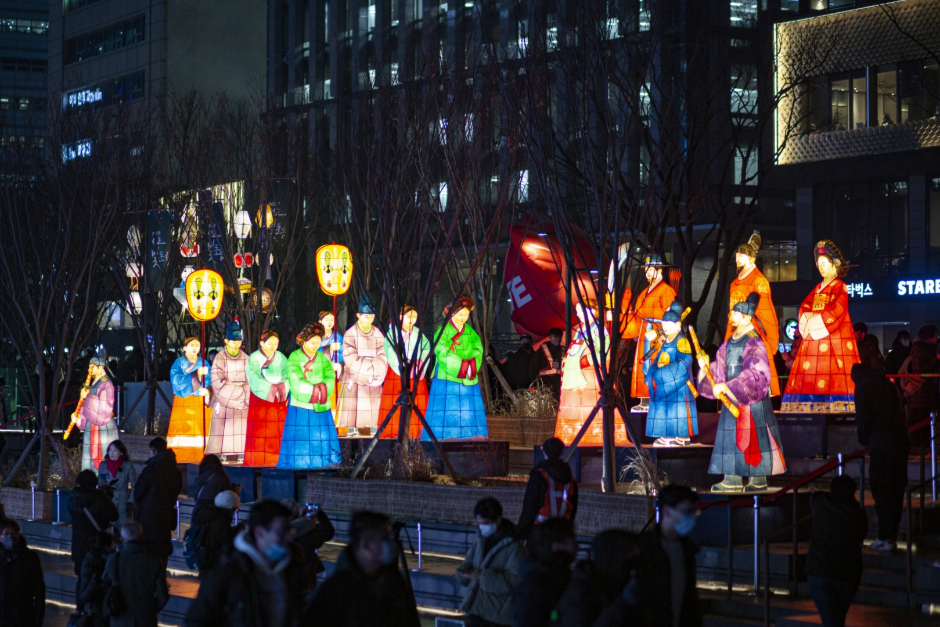
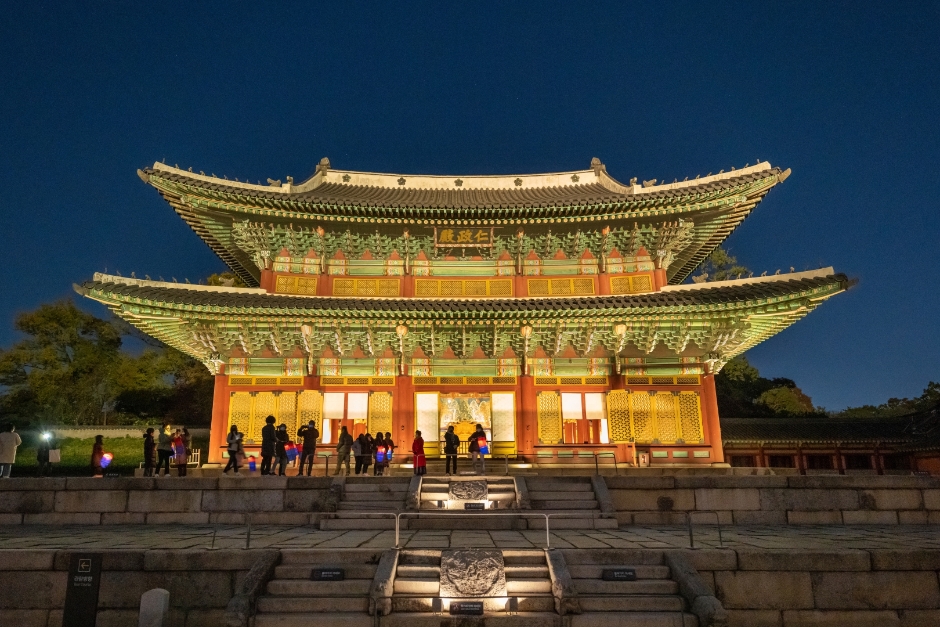
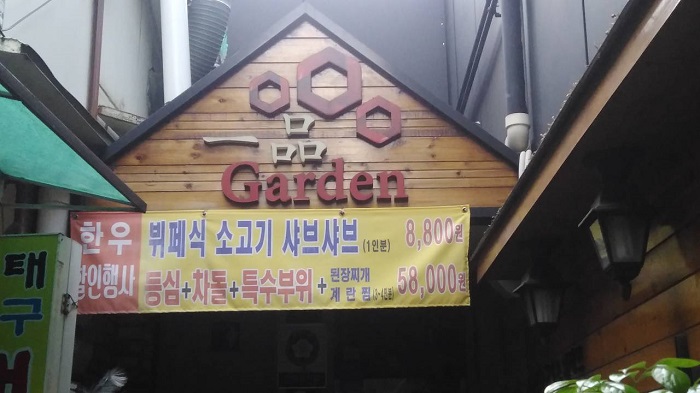
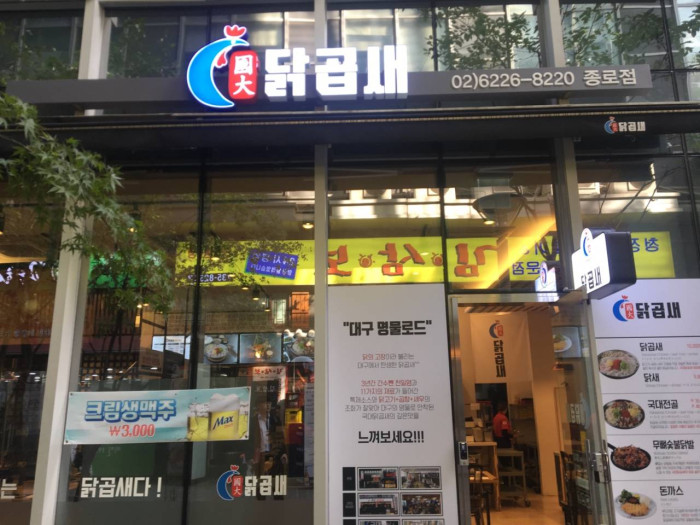
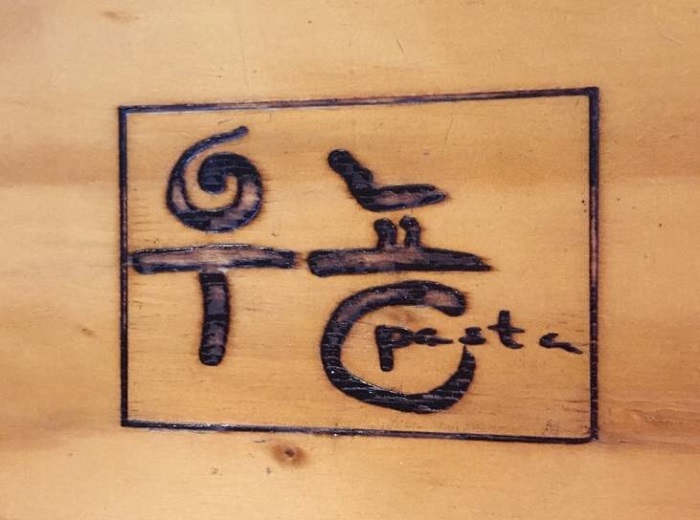
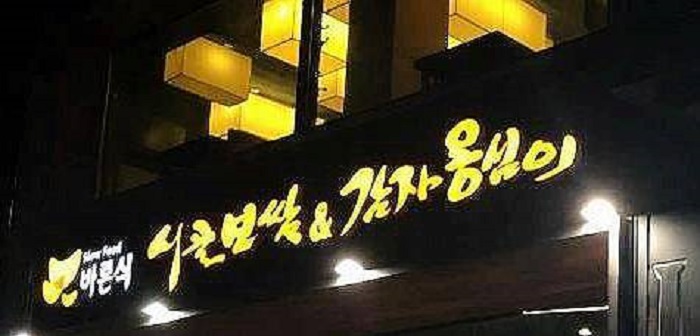
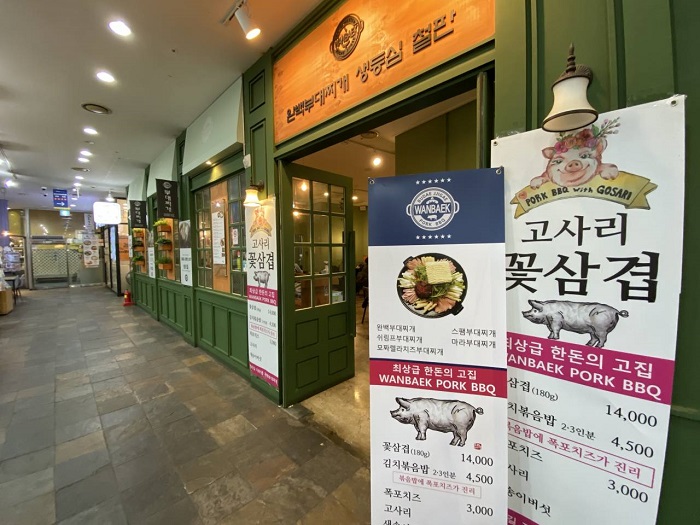
![Museo de Arte de Seúl, sede central en Seosomun [SeMA] (서울시립미술관(서소문본관))](http://tong.visitkorea.or.kr/cms/resource/14/3020514_image2_1.jpeg)
 Español
Español
 한국어
한국어 English
English 日本語
日本語 中文(简体)
中文(简体) Deutsch
Deutsch Français
Français Русский
Русский